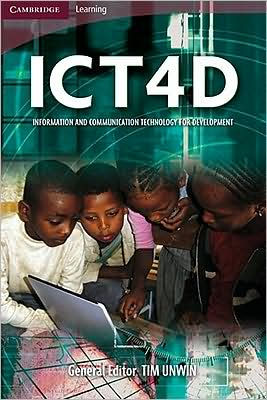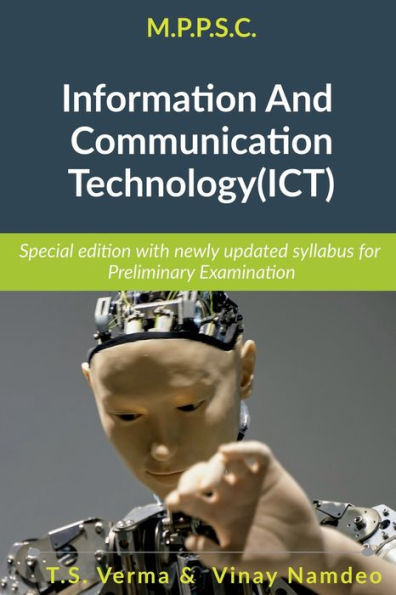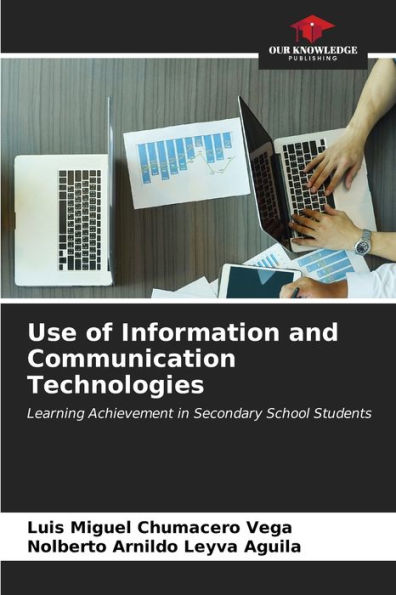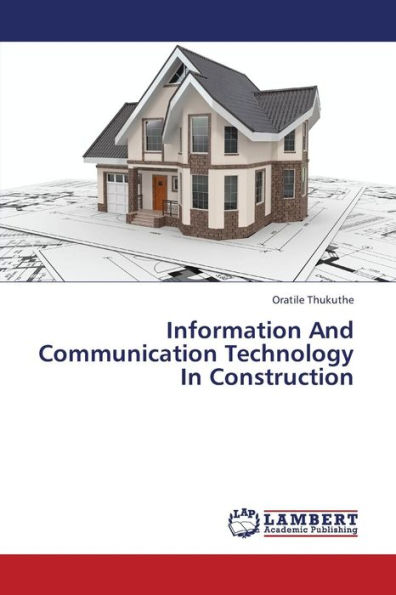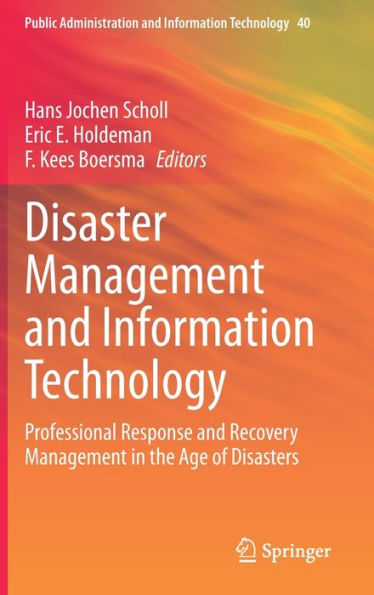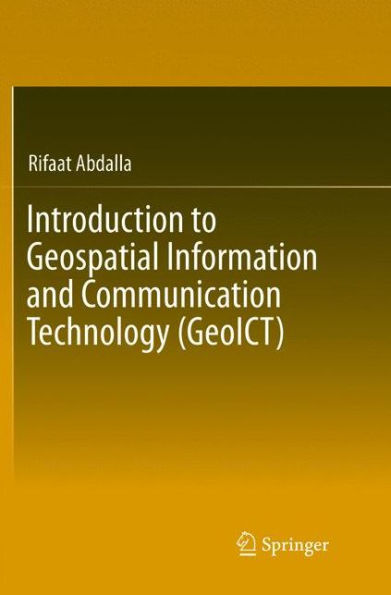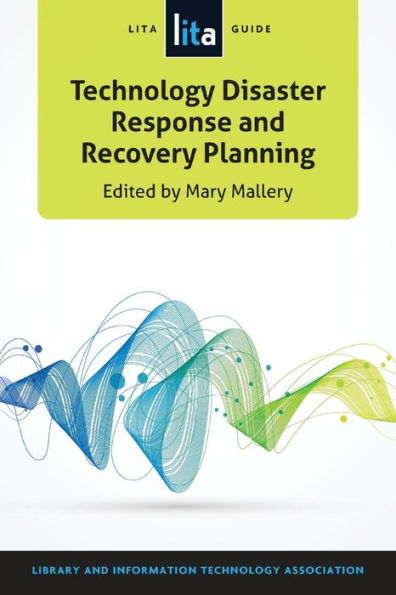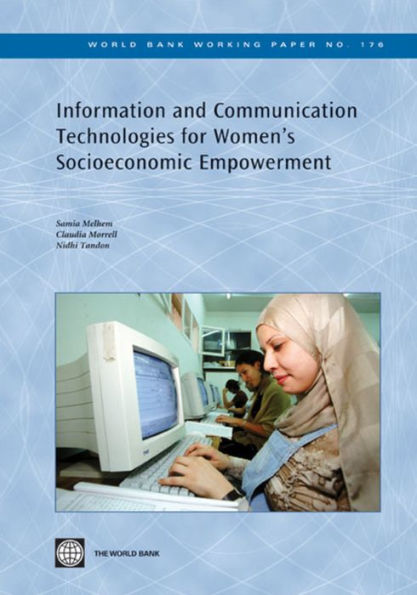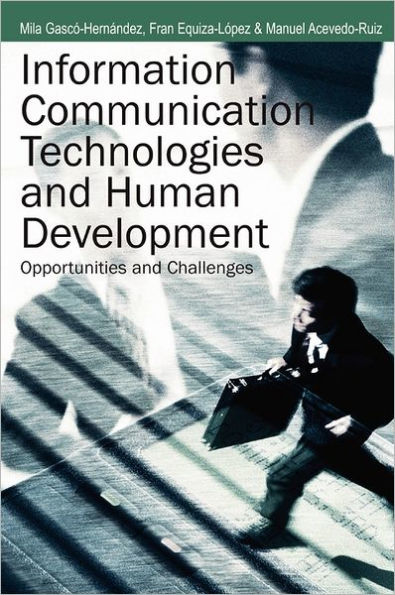Home
An ICT Primer: Information and Communication Technologies for Civil-Military Coordination in Disaster Relief and Stabilization and Reconstruction


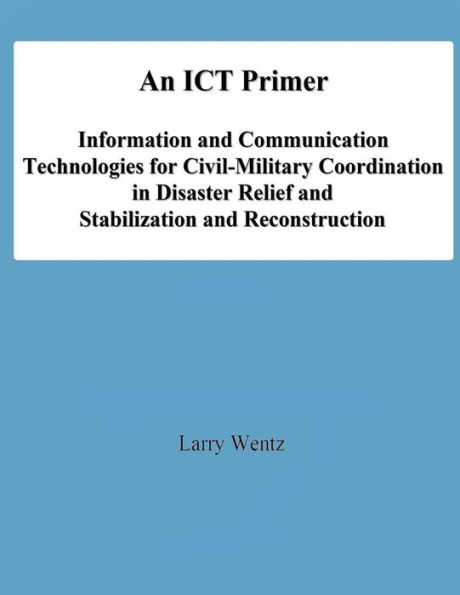
An ICT Primer: Information and Communication Technologies for Civil-Military Coordination in Disaster Relief and Stabilization and Reconstruction
Current price: $17.99
Loading Inventory...
Size: OS
The initial years of the 21st century have witnessed numerous large-scale crises, from the Indian Ocean tsunami and the Kashmir earthquake to longer-term, multi-faceted emergencies, such as those in Sudan. The United States has been involved as part of multinational coalitions in S&R missions in the Balkan states, Afghanistan, and Iraq. It has also provided humanitarian assistance in response to devastating natural disasters around the world. Increasingly, the scale and scope of such events involve both civilian and military components, as resources are stretched thin to support multiple ongoing crises. Information and communications technologies (ICTs) are key elements of the global response to crises, whether natural or man-made disasters or post-conflict S&R scenarios. ICTs are vital enablers of the coordination mechanisms that civilian and military organizations need to assist local populations and host governments. ICT capabilities and requirements need to be better understood, so that relief and reconstruction efforts can be better constructed and coordinated by all parties working in the interest of the affected population. This primer presents current knowledge and best practices in creating a collaborative, civil-military, information environment to support data collection, communications, collaboration, and information sharing needs in disaster situations and complex emergencies. It consists of two parts. Part one defines and discusses the role of lCTs, the growing recognition of a need for improved collaboration, coordination, and information sharing, and the institutional and cultural characteristics of the various civilian and military participants in relief and reconstruction efforts. Part two draws real-world conclusions, provides best-practice recommendations, and offers practical checklists for maximizing use of communications and information management systems and processes.
